“A problem well-stated is a problem half-solved.” –Charles Kettering
When I made my first trip to Kenya when I was 19 years old, I was clueless. But, I believe that ignorance was a gift. I had no prescriptions or preconceptions about what the problem was in Kenya. I only knew that HIV/AIDS was deadly and devastating to families and communities. I went to Kenya to produce a documentary that would relay the problem, not propose a solution. I didn’t go to start an organization, so I wasn’t looking for a problem to solve. As they say, when you are a hammer, everything looks like a nail. My first trip in 2007 was truly for the purposes of education and discovery. Don’t get me wrong; there were definitely biases in our itinerary, our guides, and our worldview. But, we just want to get clarity around one question, “What is the HIV/AIDS problem in Kenya?”
The answer to that question is what gives clarity and conviction to our work today. The problem we were trying to solve is that HIV-positive parents were dying, needlessly, without access to care, counseling, community, coaching, and Christ. Because of this, children were being orphaned at an alarming rate. The problem was the rapid and unnecessary death of HIV-positive adults living in the slums of Kenya. With that problem in mind, we could begin to design a specific solution that would address that problem.
I met with an organization recently that wants to tackle tuberculosis in Uganda. I think that mission alone has merit, but as I dove deeper more, I started hearing mixed messages. As it turns out, TB is not the problem they want to solve. The problem is people not knowing Christ. Providing home-based care to patients with TB was the access point to build relationships and share Christ. I’m not challenging their method, but the desired outcomes of eradicating TB and evangelism are very different. They might choose a different strategy depending on the exact problem they want to solve.
Here are some recommendations on how to better define the problem you are trying to solve:
Research: Understand the demographics, history, culture, and other factors that contribute to the makeup of that community.
Survey: Ask the people in the community what their greatest needs and assets are. In a business, you would never offer a product or service that people don’t want or need, but I’m afraid many nonprofits do just that. Try to answer the question, “Why are they unable to meet those needs?” It is awareness, perception, access, cost, or refusal that is keeping people from getting help.
Move Upstream: Is this problem a symptom of a greater root cause? Do we want to address the symptom or illness? Most everything has a deeper root cause, so you may never find the point of origin, and it’s ok to just address a symptom. We need organization to care for the sick, homeless, trafficked, etc. regardless of what caused this problem. However, to fully understand the problem, you should try to your best to understand what caused it. And, the further you can move upstream and address the root issue, the greater trickle-down impact you can make and prevent future suffering from happening.
Competitor Analysis: Who else is working in this space? In no one, why not? If other people are working on this problem, ask them to help you define it.

